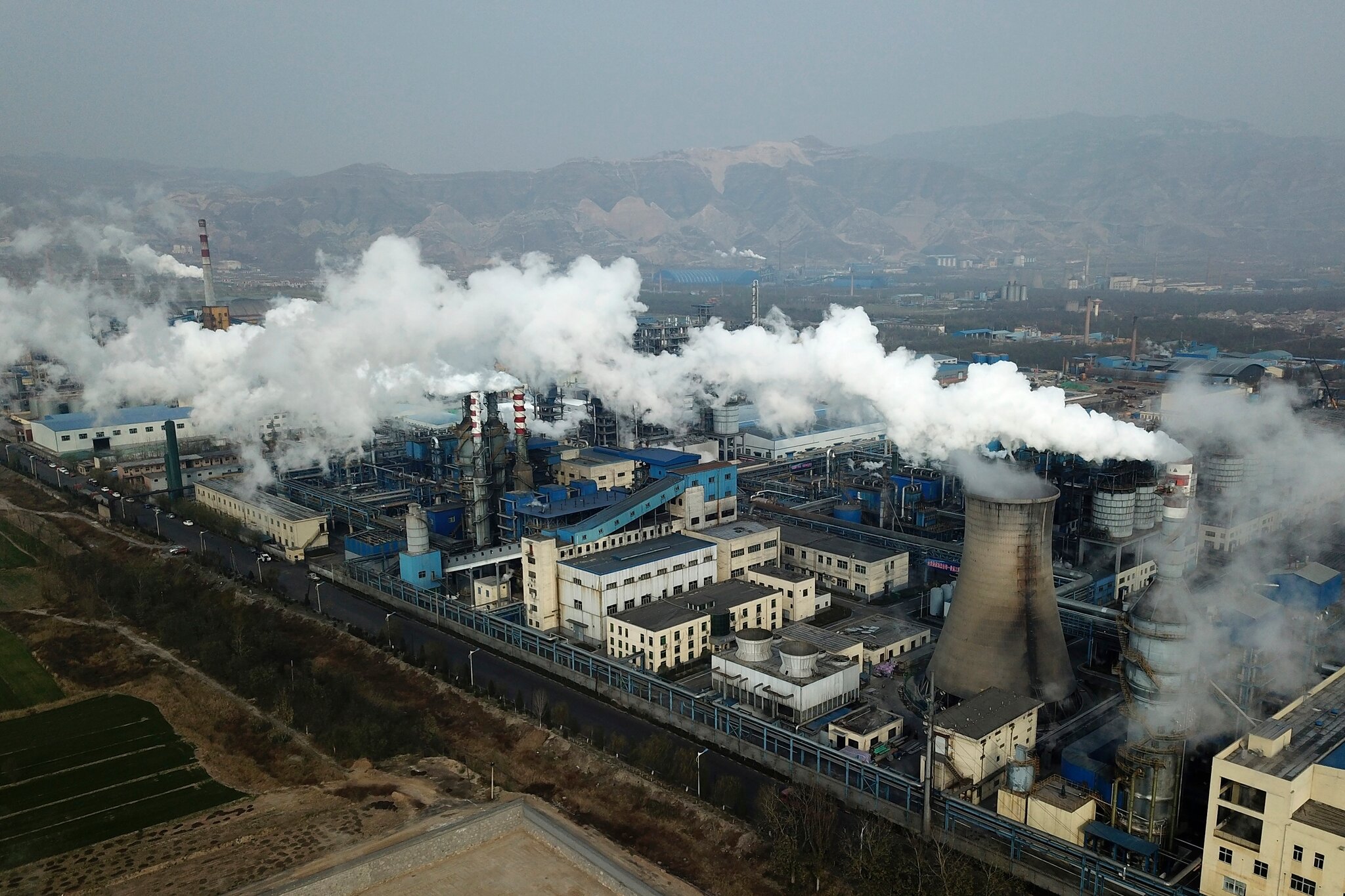Monday saw the launch of Climate Week in New York—an annual network of environment-minded events, hosted across the city in the week that coincides with the UN general assembly. This year, with the pandemic still raging, Climate Week and the UN have both gone virtual.
So far the highlight has been President Xi Jinping’s “pledge” that China will be a net-zero carbon emitter by 2060. Globally, the commitment has been well received by climate advocates. The timing of Xi’s pledge, too—minutes after President Donald Trump reaffirmed his disdain for the Paris Agreement—has potentially established China as the new political leader in the fight on climate change.
Today, I thought I’d share some more reactions (and my comments) to Xi’s announcement:
“With this announcement, the world’s largest carbon emitter finally shifted from its long-term position of having limited responsibility to reduce global emissions as a developing country, to assuming clearer leadership in tackling climate change.” – Alex Whitworth, research director, Wood Mackenzie
Beijing’s target of achieving carbon neutrality “before 2060” still identifies China—the world’s second largest economy—as a “developing nation,” however. Under the Paris Agreement, developed nations are supposed to target net-zero by 2050. By maintaining status as a developing nation, China ekes extra benefits out of the WTO.
“This target goes beyond its current commitment and will eventually make a big difference to future warming levels. However, its near term target of peaking emissions before 2030 is unaltered and it is this near term ambition that counts…. Why does it need to increase emissions from today? I cannot see a compelling economic, environmental or social reason for doing so.” – Piers Forster, professor of climate change, University of Leeds
How China will achieve its new goal will likely be set out in Beijing’s next five year plan, due in March. Until then, policy and practice is unlikely to change. China’s post-pandemic recovery, for instance, is being primarily fueled by coal.
“This announcement is an important step toward the world meeting the goals in the Paris Agreement. The Chinese government has a capacity for long-term planning far beyond that of most governments.” – David Sandalow, China Energy and Climate Program, Center on Global Energy Policy
Chinese presidents typically serve for ten-year terms, during which time the government passes two five-year plans, so there is some greater stability to Chinese policy planning than in a shorter-term democratic system. Perhaps even more so under Xi Jinping, since Xi removed the limit on how long a President can serve for in 2018.
“With China’s economic power, the benefits in technological progress that come with such an endeavor will undoubtedly spill over to other parts of the world.” – Dr. Joeri Rogelj, lecturer in climate change and the environment, Grantham Institute, Imperial College London
China is currently the world’s largest emitter of greenhouse gases and the No. 1 consumer of coal. But the country is also the primary market for and provider of renewable energy tech. Yesterday, I wrote how China’s edge in green energy might incentivize it to turn away from fossil fuels.
The global transition to net zero could see China emerge as a new powerhouse for green energy. As evidenced by Xi’s speech, Beijing is already angling to be the new political leader of the greener future.
More below,
Eamon Barrett
— [email protected]





